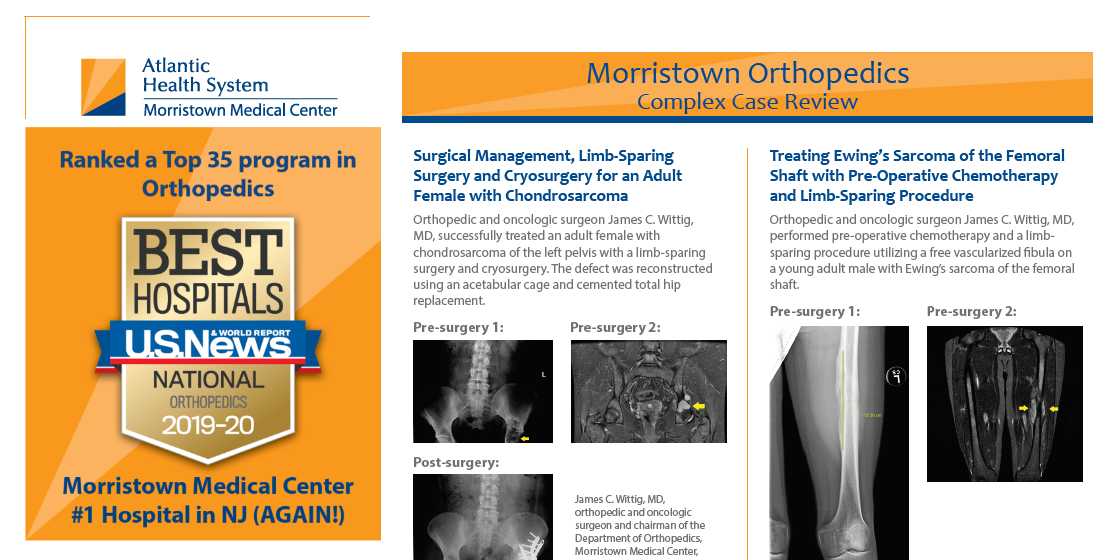When you’re experiencing problems with your spine that simply won’t go away on their own, ideally, you want the very best doctor in the business to handle your case. Someone who routinely handles complex orthopedic cases with outstanding success rates. Someone who draws acclaim from other top-tier industry veterans.
After all, you only get one body in this life.
You absolutely want to make sure that you do everything in your power to take care of it. This is especially true when the things that happen occur outside the realm of your control. Case in point: When life throws you (or your child) a curveball in the form of a spinal deformity.
Who can you trust to help rebuild your spine and restore your quality of life?
Look no further than to Dr. Jason E. Lowenstein, leading expert in the field of spinal deformity and scoliosis care.
Dr. Lowenstein not only founded The Advanced Spine Center along with his esteemed colleagues Dr. Charles Gatto and Dr. George Naseef; but he also serves as the Director of Scoliosis & Spinal Deformity at Morristown Medical Center, the #1 Rated Hospital in NJ by U.S. News & World Report.
In recognition of Dr. Lowenstein’s unrivaled surgical skill, the Morristown Orthopedics Complex Case Review featured two of Dr. Lowenstein’s recent cases as examples of superior accomplishments in the realm of spinal deformity correction.
Click to read the full newsletter!
A Closer Look at Case Study 1: Flatback Syndrome
Dr. Lowenstein successfully performed a complex, three-column/pedicle subtraction osteotomy on a 51-year-old, female patient—a rather complicated case given the severity of the patient’s condition. The patient had previously undergone multiple spinal procedures in order to treat her scoliosis, which had resulted in the development of flatback syndrome with comorbid kyphosis. Using a single-stage posterior approach, Dr. Lowenstein was able to correct all of these deformities with ease
Admittedly, all of that medical terminology can become a little confusing. For example, isn’t a straight or flat back typically considered to be a good thing?
Not always.
During flatback syndrome, the spine loses its healthy lumbar curvature, which pitches the center of the body’s gravity too far forward. Simultaneously, this can cause kyphosis, or an excessive outward curvature, to develop in the thoracic spine, resulting in hunching of the upper back.
In this particular case, the patient’s spine had acquired the shape of a candy cane. The lower back was ramrod straight, but the upper back had developed a visible slouch. To remedy this problem, Dr. Lowenstein performed a variation of a procedure known as an osteotomy, which essentially involves cutting wedge-shaped pieces into bones in order to create a correction in alignment. Complicated cases such as this often involve multiple osteotomies, in which the surgeon must remove multiple sections of bone. In this case, Dr. Lowenstein had to perform the osteotomy on multiple segments of the spine in order to ensure adequate alignment and correction.
Case Study 2 in Detail: Severe Adolescent Idiopathic Scoliosis
In our second example, Dr. Jason Lowenstein effectuated a successful surgical correction of adolescent idiopathic scoliosis using a single-stage, posterior approach. Specifically, the 14-year-old patient exhibited a progressive scoliotic curve of over 95 degrees, well within the “severe” designation for scoliosis. For reference, a scoliotic curve is considered to be “severe” if it deviates by at least 40 degrees from the norm. Therefore, correction of a curvature of over 95 degrees is considered an unusually complicated case. In many instances, doctors can remedy scoliotic curves using minimally invasive surgical procedures. However, in cases such as this, traditional open-back surgery will be required.
Usually, for cases this severe, open-back surgery is performed and, more often than not, hardware such as titanium rods are used for added stability. Typically, osteotomies are deemed necessary to correct such scoliotic curves. Again, an osteotomy involves making wedge-shaped cuts into the bone in order to restore the spine back to its proper alignment. Of course, for a case such as this, multiple osteotomies will be necessary to correct such a massive deformity in the spine.
Undoubtedly, procedures for conditions this severe are life-changing. Not only will the patient receive the medical benefits of a healthy spine, but the mental impact of such a staggering correction can be equally rewarding. Many patients with scoliosis have insecurities regarding their appearance. This is especially true for adolescent patients (as was the case here). Having both the medical and cosmetic issues corrected often results in a massive boost in self-esteem for the patient suffering from this condition. With corrective scoliosis surgery, you can reclaim your life from chronic pain and self-consciousness.
Contact Us
Are you suffering from back pain that has lasted for two weeks or more? Or perhaps you have noticed that there are clear asymmetrical differences along the trunk of your body? If so, it may be time to give our offices a call at (855) 220-5966. Dr. Jason E. Lowenstein specializes in the treatment of both adult and pediatric spinal deformities. Moreover, he is equally interested in performing both minimally invasive surgeries as well as complex, multi-level procedures. As a spinal surgeon, his versatility knows no bounds and has garnered the acclaim of his colleagues. For advanced spine care that you can trust, contact Dr. Lowenstein today!
